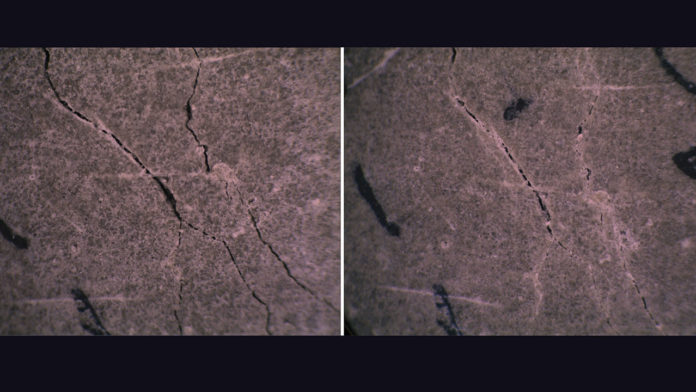With an idea is to make infrastructure adaptive, sustainable, and resilient, scientists at Purdue University are developing a technology called Intelligent concrete that would allow concrete to heal itself.
Scientists look at how to address problems in infrastructure using materials and sensors that harness artificial intelligence and big data.
Self-healing concrete would be particularly useful during harsh winters. For roads in the U.S. Midwest, winter makes concrete freeze and thaw in cycles. When temperatures drop below 32 degrees F, water molecules on a road’s surface freeze and expand, cracking the concrete. These cracks lead to fissures throughout several winters.
Scientists are searching for various highly porous, sandlike materials called “internal curing agents” to mix into the concrete. At the point when concrete cracks, the curing agents ingest water and feed it into chemical reactions. These reactions produce vital substances that seal off the crack, “healing” the concrete. The healing procedure additionally keeps water from seeping the concrete and corroding steel or rebar reinforcement.
Luna Lu, an associate professor at Purdue’s Lyles School of Civil Engineering, said, “By using these self-healing materials, we can make infrastructure adaptive to temperature change.”
“We are also thinking ahead on how intelligent infrastructure could both influence and adapt to human behavior.”
“Traffic is always directional. Conventional thinking is to add extra lanes, but artificial intelligence and big data could identify an underused lane and shift traffic into that direction. We’re developing technology that would allow for better control of traffic without adding extra lanes.”
“Getting a better idea of when new concrete is ready to take on heavy traffic, for example, could prevent cracks caused by reopening roads too soon. Preventing cracks means fewer repair projects to replace the concrete, which would cut down on traffic typically held up by those projects.”
